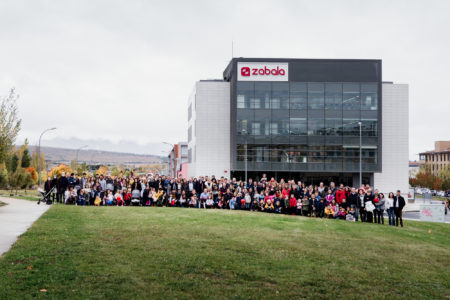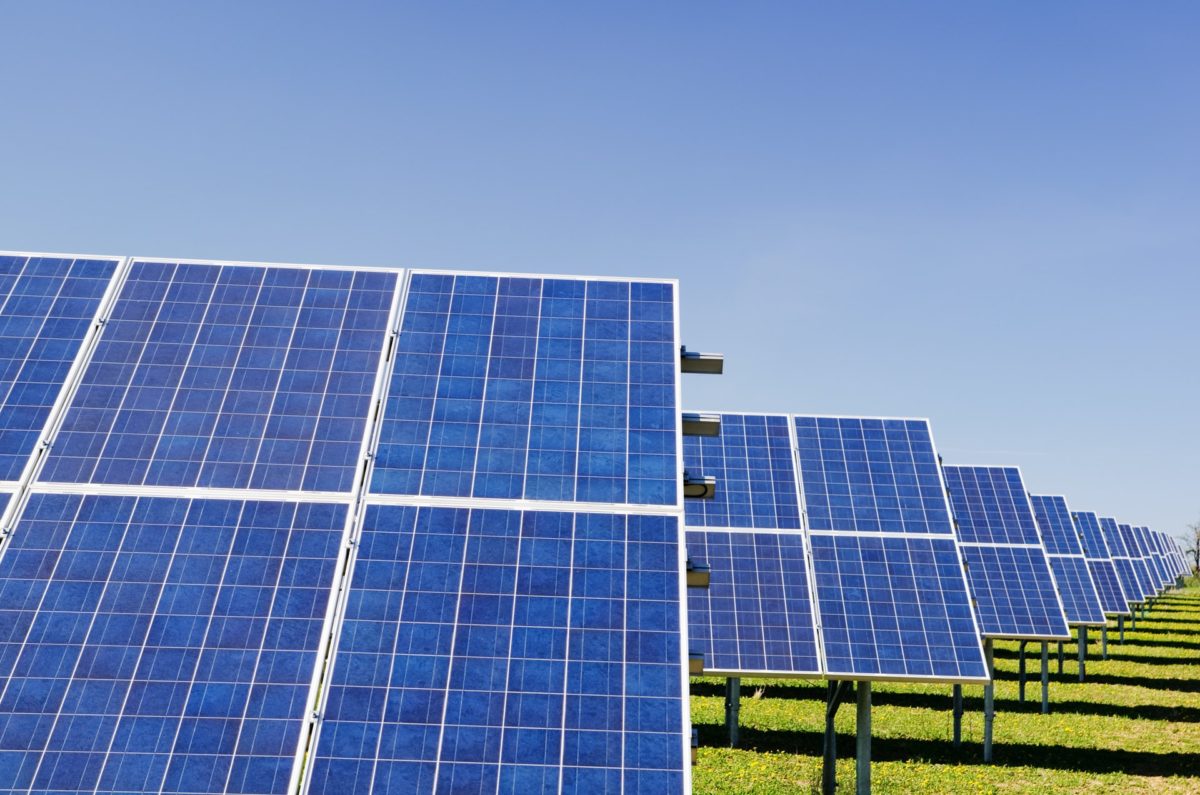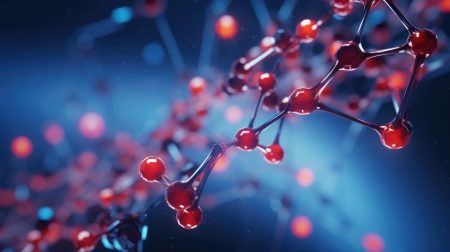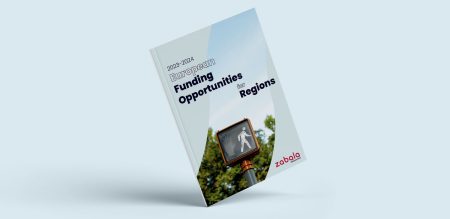
News
INNOVATION STRATEGIES
World Innovation Day, shall we celebrate it?
At Zabala Innovation we created an original Innovation Dictionary to show our vision of this concept so important to us
BIO-FLEXGEN PROJECT
At Zabala Innovation we add value to the Bio-FlexGen project by integrating social innovation and proposing strategies for the exploitation of its results

The European Green Deal pledges to achieve a net-zero energy system by 2050, through increased ambition in energy efficiency, system integration, and renewable energy. This is why the Bio-FlexGen project proposes a new solution using two renewable energy sources: green hydrogen from variable renewables and biomass.
During the three-year life of the project (2021-2024), Bio-FlexGen engineers will develop a unique combined heat and power (CHP) plant. The system will provide hourly, daily and seasonal flexibility. Hourly flexibility is achieved by rapidly starting up with green hydrogen when energy is needed. Seasonal flexibility is achieved by producing hydrogen from biomass when there is a low demand for heat. With this safe and flexible approach, Bio-FlexGen will enable greater amounts of intermittent solar and wind power to be integrated into the energy system.
For project coordinator Susanne Paulrud of the Swedish Research Institutes, this novel approach makes a big difference: “Thanks to its higher level of flexibility and efficiency, Bio-FlexGen cogeneration can use four different operating modes. This optimises the production of different products, such as heat, electricity, hydrogen and biogenic CO2, depending on market fluctuations”.
At Zabala Innovation we are working to obtain a methodology that can measure the social impact of this technology, “which will allow us to identify and manage potential risks at a social level and increase the value of the project for society in general”, explains Leire Martiarena, leader of the social innovation knowledge area.
Before implementing the project, a study of environmental impacts was carried out, but “it is essential to measure the social impacts,” Martiarena stresses because the social impact is linked to the stakeholders surrounding the project, which is why it has been essential to work on identifying these groups to involve them throughout the project’s implementation.
In addition, the expert also stresses that they analyse “the impact of the new technology, but also that of the entire value chain”, because it is very important to measure the social impact, for example, from the place where the raw material or energy source is collected, as it has not been produced specifically to generate energy, but will seek to revalue waste from other existing activities or industries. This leads to the conclusion that this project can help to reactivate the local economy and make better use of the resources that exist at the organic level.
Leire Martiarena also mentioned what they consider to be the main social benefits of implementing this new technology in the medium and long term, at least in terms of impact: reducing energy poverty, ensuring access to energy, improving the local economy, and generating more qualified jobs.
Bio-FlexGen uses biomass to generate electricity from waste streams, such as wood waste that often ends up in the rubbish, but thanks to the project, they claim that waste streams can be used to generate electricity at low cost, allowing fewer fossil fuels to be used.
For Gustav Melin, former president of Bioenergy Europe and partner of Bio-FlexGen, “this type of energy is available everywhere, plants grow all over the world, so anyone with land can grow biomass for energy”.

News
INNOVATION STRATEGIES
At Zabala Innovation we created an original Innovation Dictionary to show our vision of this concept so important to us

Opinion
Scientific cooperation

Francesc Fabrega
Consultant

Publication
Regions
Innovation is key to making regions more digital and sustainable, and in our publication you will learn about the funding opportunities that make this possible
To maximise the success and impact of a project, we manage the communication and dissemination activities, but we also define a social innovation strategy and tools to measure its impact.
Zabala Innovation assists private and public players in their search for and acquisition of public funding and has developed a methodology for accompanying and supporting national and European project coordinators.
We provide advice to activities that encourage innovation, aimed at promoting the development of new innovative markets from the demand side, through public procurement.
This website uses cookies so that we can provide you with the best user experience possible. Cookie information is stored in your browser and performs functions such as recognising you when you return to our website and helping our team to understand which sections of the website you find most interesting and useful.
Strictly Necessary Cookie should be enabled at all times so that we can save your preferences for cookie settings.
This website uses Google Analytics to collect anonymous information such as the number of visitors to the site, and the most popular pages.
Keeping this cookie enabled helps us to improve our website.
Please enable Strictly Necessary Cookies first so that we can save your preferences!
This website uses the following additional cookies:
(List the cookies that you are using on the website here.)
Please enable Strictly Necessary Cookies first so that we can save your preferences!